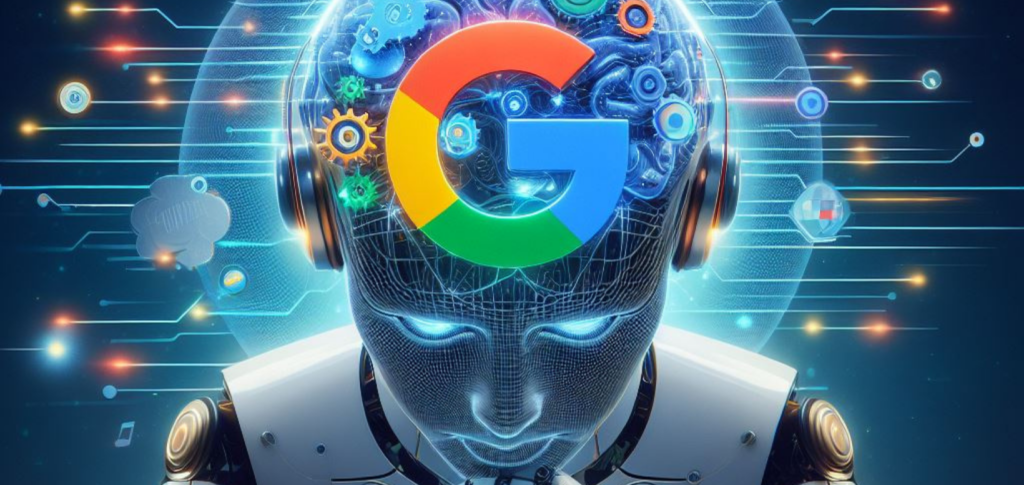*According to data from the Superior Electoral Court (TSE), in 2022 there was a significant increase in young people aged 16 to 17 able to vote in the country. The growth of the electorate in this group, which tends to be more hyperconnected and consume information through digital platforms, was more than 50% compared to four years ago, when the last general elections took place.
ADVERTISING
Targets of lies in elections
Taking into account all the news checks carried out since the beginning of the electoral campaign this year until the 27th, the Agência Aos Fatos found at least 450 thousand shares of disinformative content. The agency also listed top 6 types of lies used to attack the legitimacy of the Brazilian electoral system and electronic voting machines.
Misleading information campaigns usually attack three main points during elections, according to Gerardo de Icaza, director of the Department of Electoral Cooperation and Observation (DECO) of the Organization of American States (OAS):
- Authorities and electoral institutions
- The opponent’s campaign, reputation, credibility
- The electoral process as a whole
- Fake news about ballot boxes, polls and TSE dominate 2022 election (Folha de S.Paulo)
Complex challenge
Combating the electoral fake news machine is not a new challenge for Brazilian authorities and the rest of the world. During the 2014 elections In Brazil, more than 10% of the political debate was generated from fake profiles on social networks, according to data from Faculdade Getúlio Vargas (FGV).
4 in 10 Brazilians say they receive fake news every day according to a survey by the Institute Poynter with support from Google. 43% confess to having passed on lies unintentionally. (Folha de S.Paulo)
In 2018, information on the networks was also decisive for the dispute. According to a survey by the DataSenado Institute, around 45% decided their vote based on what they saw on some network. According to the survey, 79% used WhatsApp as one of their main sources of information.
ADVERTISING
Another well-known case was the presidential election of Donald Trump, in 2016. The following year, in 2017, it was proven that the circulation of false information on Facebook had been detrimental to the opposing candidate's campaign.
- Society brings together technologies to avoid fake news in elections. That is enough? (Tilt)
- Fact or Fake: What you need to know about fake news and elections (G1)
How to check if information is true?
Fake news “is news that seeks to align itself with the ideology of its readers, to the detriment of the truth of the facts. They instil a feeling of belonging”, explains Lorena Tavares, coordinator of the Fake News Observatory at the School of Information Science at the Federal University of Minas Gerais (UFMG). According to her, “checking is even more important in elections, when the bombardment of information is much more intense". (State of Minas)
Journalist Sérgio Lüdtke, editor-in-chief of Projeto Comprova, agrees with the pattern. According to him, the manipulated content they usually “cause the person to have an emotional reaction”. Sérgio adds that the messages usually stimulate “an immediate reaction”, including alert requests such as “share now”. “We need to be suspicious when someone asks us to act without thinking”, says the journalist to UOL.
ADVERTISING
How to identify – Step by step
- Always read the full content
- Check the source
Is it possible to identify and hold responsible those who created the content? Did the website or newspaper actually publish that? Is the vehicle/author trustworthy? - Search for information in a second source
Search for content details on search platforms (Google, Yahoo, Bing, Yandex). Many fakes do not carry information such as signature, date, location, and other specific data. Keep an eye out for these tricks. - Checkers/Fact checkers: see if professionals have already debunked the content
Examples: The Facts, Lupa Agency, Check it out, AFP, Fact or Fake G1 - When in doubt, don't share!
And images? Videos? How to check?
- Google Reverse Images ou Tinyeye: to get images
- Youtube DataViewer (Amnesty International tool): to check videos
- Deepfake: see 10 tips to identify fake videos (TechTudo)



